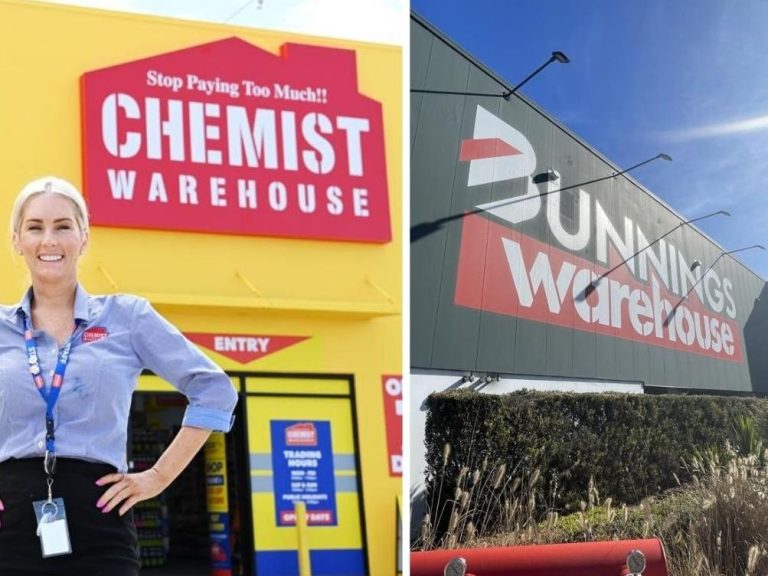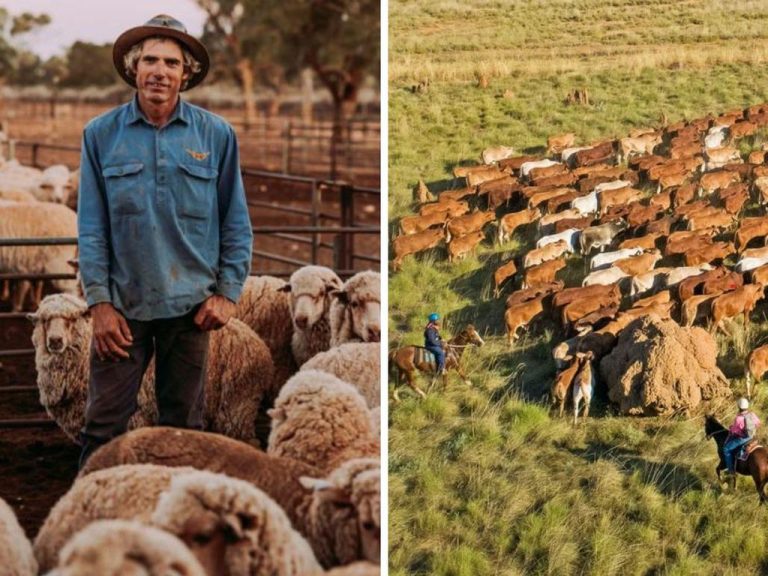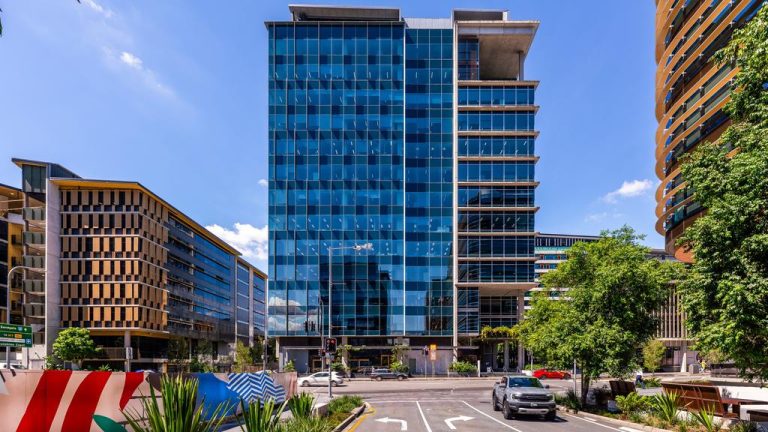Victoria’s most iconic restaurants that no longer exist
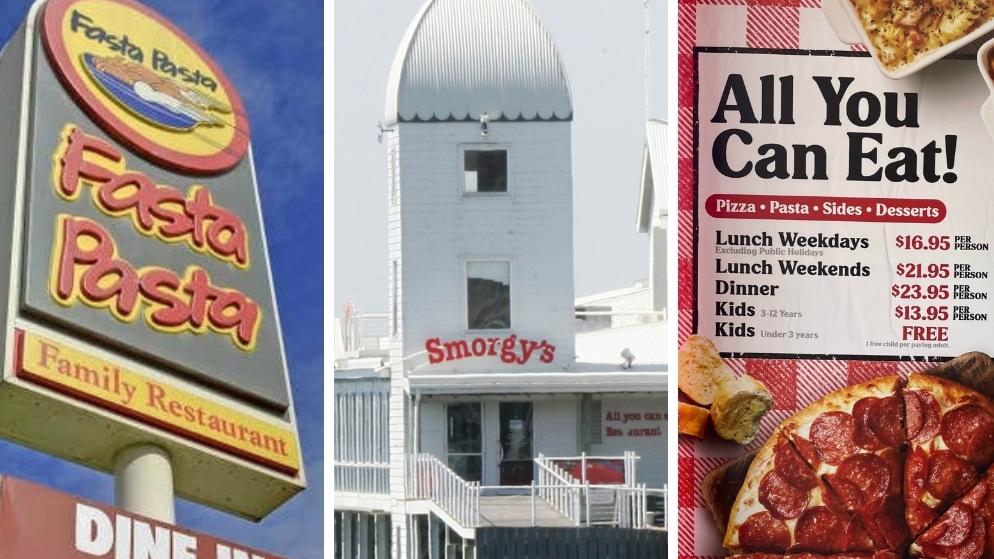
From Smorgy’s erupting volcanoes to Pizza Hut’s dessert bars, Victoria’s once-beloved dining empires have disappeared, leaving behind only nostalgia and the occasional quirky relic.
They were the empires and neon-lit icons that fed a generation of Victorians, and now they’re gone.
From erupting volcanoes at Smorgy’s to bottomless sundaes at Pizza Hut, these chains weren’t just about food, they were where birthdays, first dates and family nights out became memories.
But one by one, they disappeared — bulldozed, burnt down or quietly abandoned — leaving behind only nostalgia and the occasional red-roofed relic on a suburban corner.
RELATED: Couple’s Yarra Valley retreat could fetch $2.55m
Sophie Cachia, Madison Prespakis land $1.1m payday
Inside Melbourne’s $2.5m ‘best apartment’
Smorgys
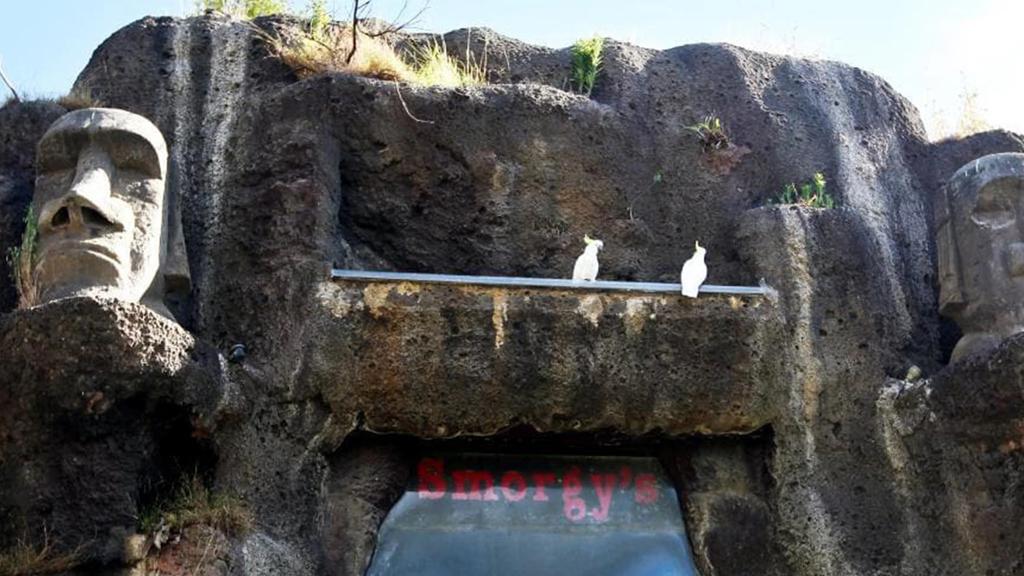
Smorgy’s was the ultimate all-you-can-eat destination, with fake volcanoes, waterfalls and animatronic trees drawing families from across Melbourne and Geelong.
No Victorian smorgasbord was bigger, brasher or more beloved than Smorgy’s.
In Burwood, Bundoora, Ringwood and on Geelong’s waterfront, families flocked to eat beneath erupting fake volcanoes, waterfalls and animatronic trees.
The buffet itself was pure excess: bain-marie pasta, bain-marie roasts, “international quadrants,” endless jelly cubes, doughnuts and Mr Whippy ice-cream machines.
By the mid 2000s the empire collapsed, the Burwood East site became Sofia’s Restaurant, the Ringwood site was knocked down and turned into Club Ringwood and Geelong’s pier restaurant shuttered.
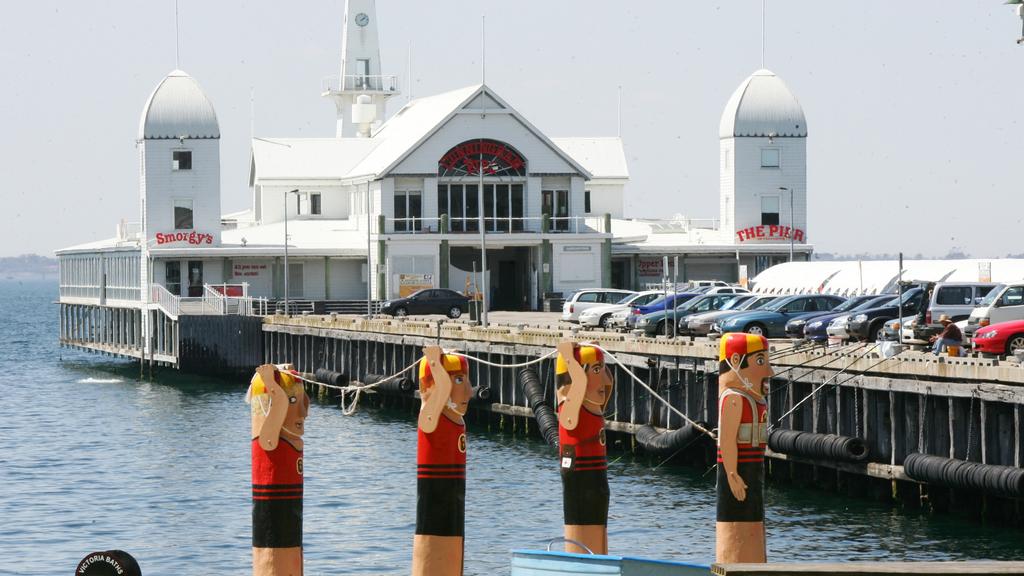
The Geelong Smorgy’s sat proudly on the waterfront before closing, remembered as much for its setting as its excess buffet spreads.

Salty the Seal, Smorgy’s beloved mascot, became a cult figure for kids growing up and visiting the Geelong Smorgys
The derelict Bundoora site became a Volcano Joes for a period of time then famously went up in flames in 2013.
Savills Melbourne retail director Rick Silberman said Smorgy’s was a product of its time
“They were unique for the time,” Mr Silberman said.
“But Victorians place greater value on quality.
“That’s probably where the buffet model started to fall away. It just didn’t sustain itself in the long term.”
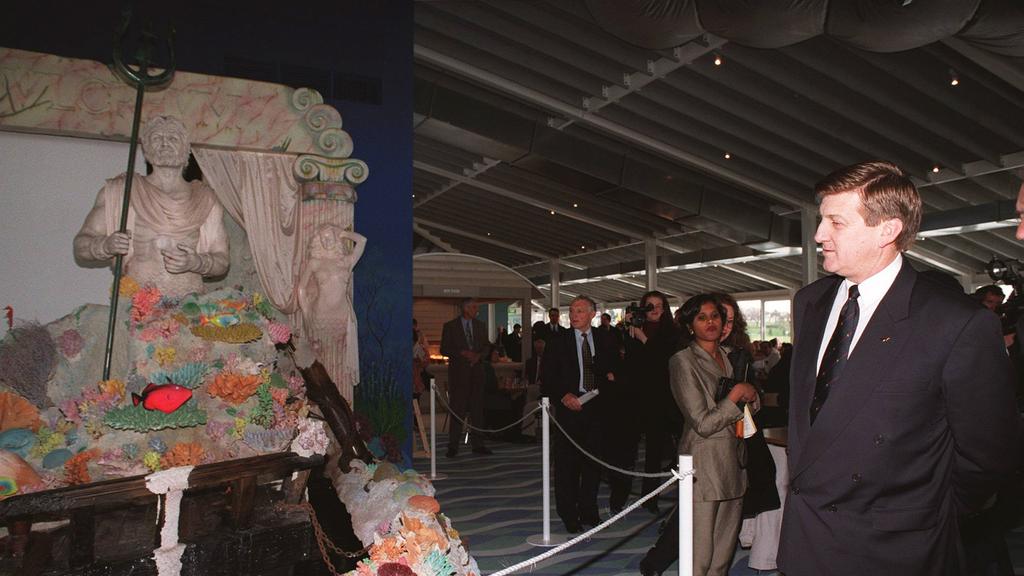
Former premier Jeff Kennett famously dined at Smorgy’s Geelong, highlighting its status as more than just a buffet it was a cultural Victorian landmark.

The former Smorgys Burwood East site, now a Sofia Restaurant is currently the only restaurant with any relics left of its buffet past with the shell of the restaurant remaining mostly unchanged.
From a property perspective, Mr Silberman said the land was often worth more than the building.
“Those fundamentals never go out of fashion, big parcels, corner exposure, arterial roads,” he said.
Sizzler
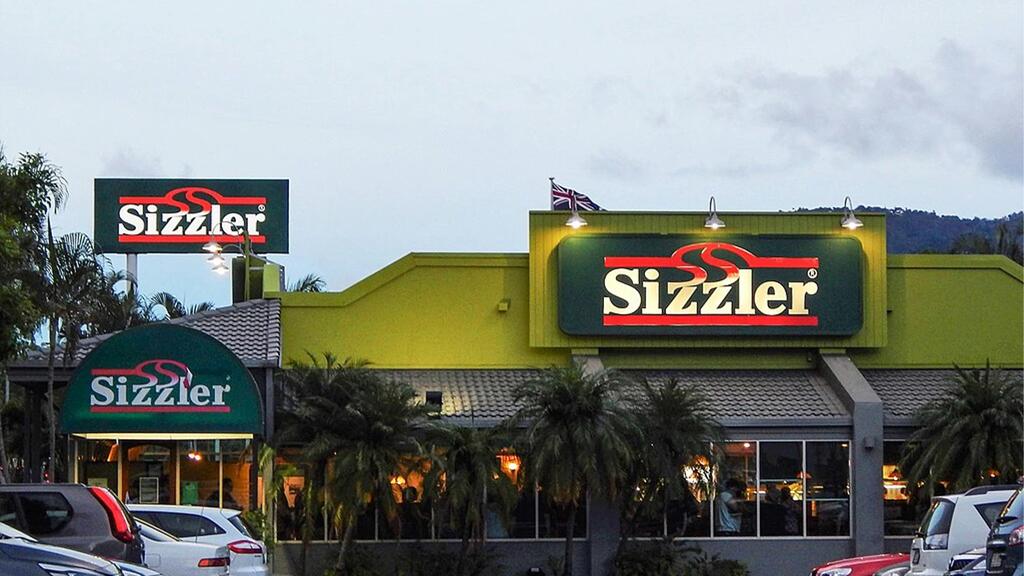
Sizzler’s salad bar, DIY sundaes and iconic free cheese toast made it a weekend treat for Melbourne families before the last local stores shut in the late 1990s.
For a generation, Sizzler was the weekend treat.
The self-serve salad bar, DIY sundae station and unlimited soft drinks made it unbeatable value, but its most enduring legacy was the free cheese toast.
Melbourne outlets in Doncaster, Glen Iris, Knox, Frankston and at Belmont and North Geelong were all gone by the late 90s, long before the brand’s national shutdown in 2020.
Colliers retail leasing expert Nathan Brown said Victoria’s Sizzler restaurants closed before the rest of the country caught on.
“Melbourne’s more sophisticated tastes made it unviable, we were the warning sign for the rest of the country,” Mr Brown said.
“Australians, especially Melburnians, have high expectations when it comes to food quality … you go overseas, eat out, and come home thinking, ‘the food’s just better here.’”
Fasta Pasta
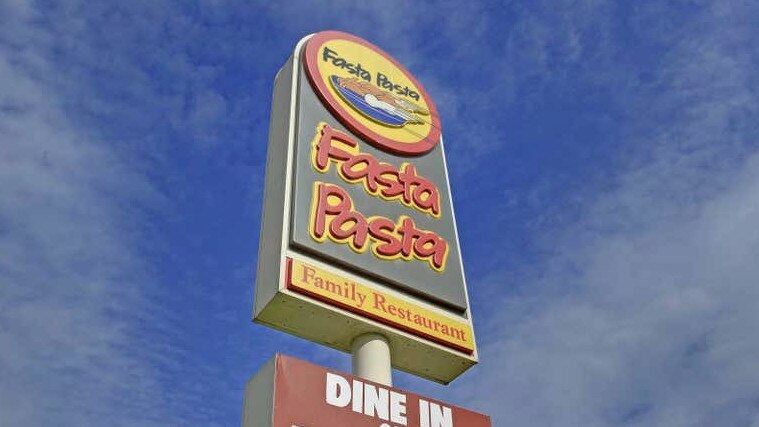
Fasta Pasta promised affordable, freshly made pasta for suburban families, but never quite took off in Victoria the way it did in South Australia.
Born in South Australia in the 1980s, Fasta Pasta was marketed as a “fresh pasta bar”, a step up from fast food, but still quick and affordable.
At its peak, there were more than 60 outlets nationwide, with dozens in Victoria.
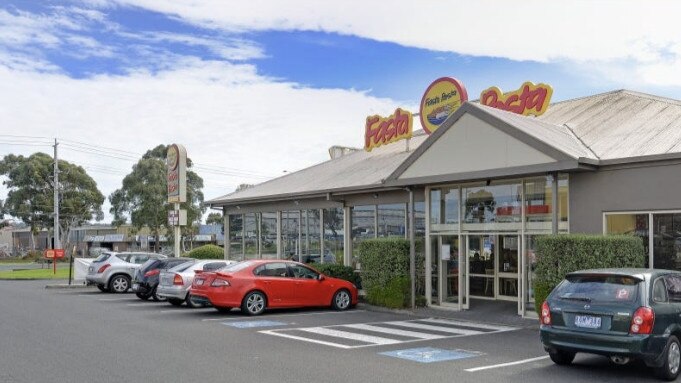
Once a common sight across suburban shopping strips, Fasta Pasta restaurants are now a vanishing memory of 1990s dining culture with one of the last closing in Bayswater.
It was especially popular in the 1990s, with suburban families piling in for heaped pasta bowls, garlic bread and cheap wine.
But by the mid-2000s, the chain was shrinking fast in Melbourne.
Food Star
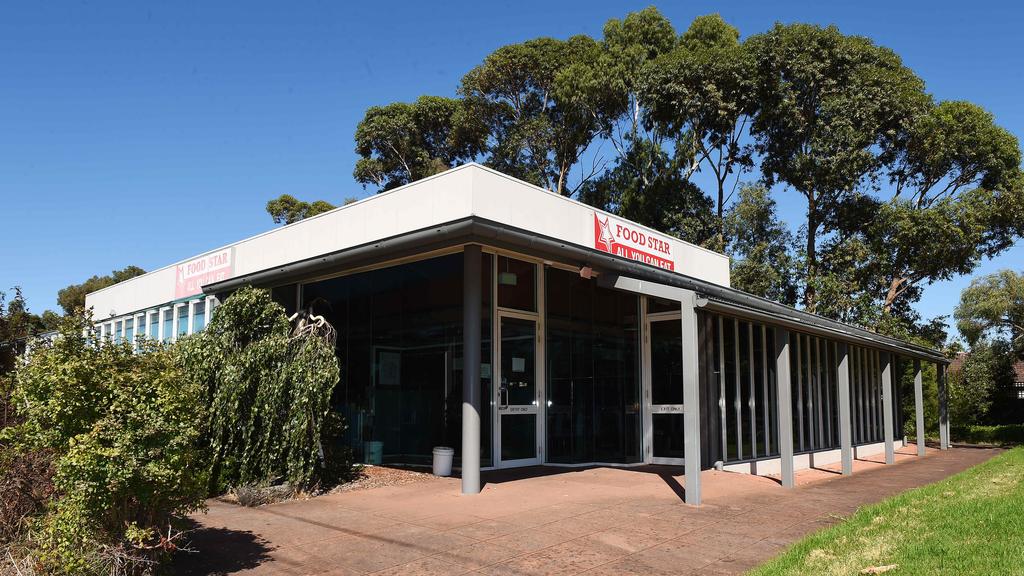
Food Star became the last true survivor of Melbourne’s smorgasbord era, offering cheap buffets for birthdays, school outings and family gatherings. Picture: Steve Tanner
Food Star was once the last true survivor of Victoria’s buffet scene.
At its peak in the 2000s, the chain had multiple outlets across the suburbs, offering everything from roast beef and fried rice to jelly cups and soft-serve.
Often compared to Smorgy’s, Food Star became a cheaper, no-frills alternative.
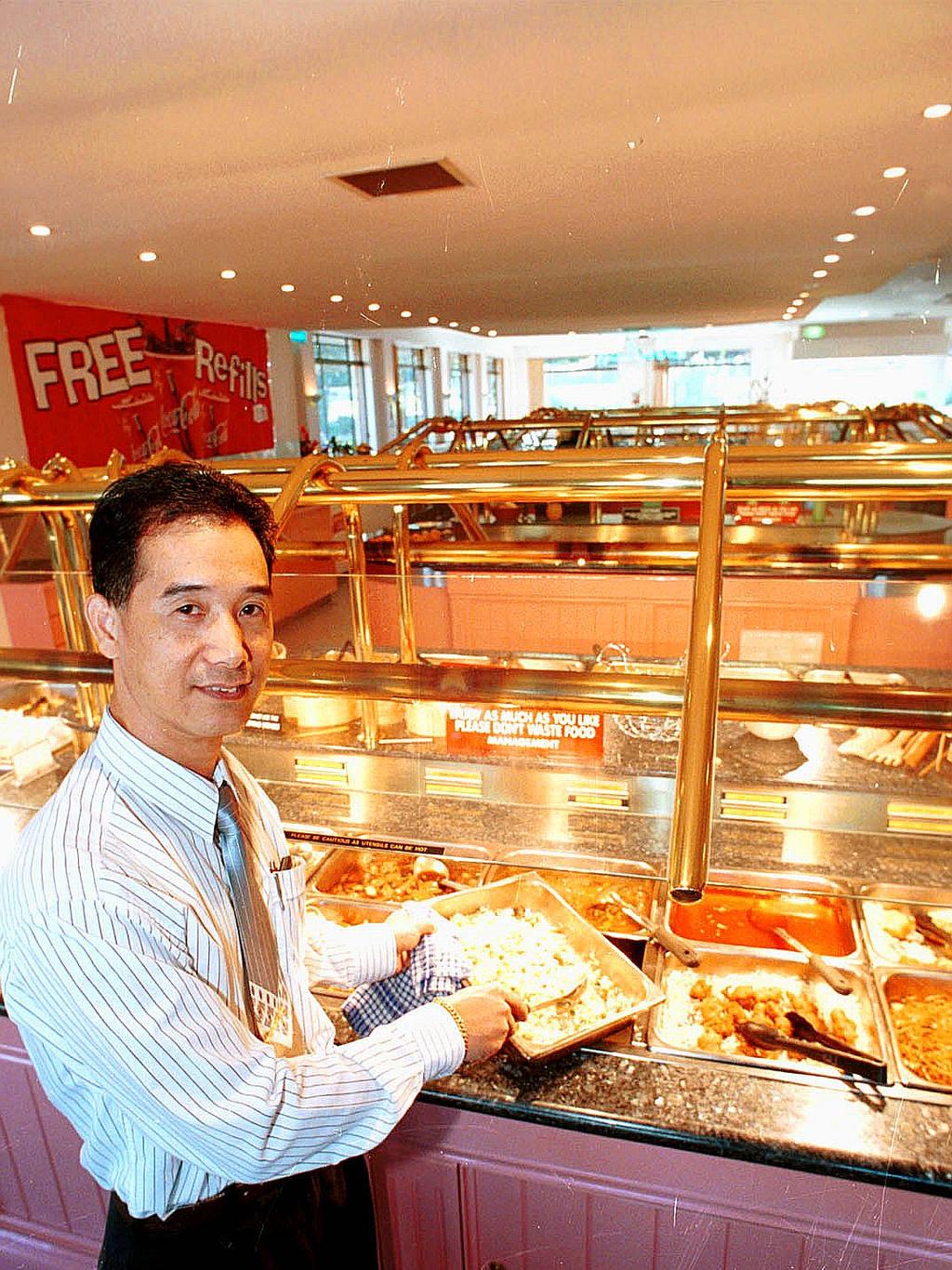
Thomas Cheung, owner of KLC Foodstar, carried the smorgasbord torch into the 2000s before the brand faded across Melbourne’s suburbs. Picture: Robert Pozo
It was a favourite for school outings, kids’ birthdays and big family gatherings.
But by the 2010s, the brand was dwindling. Its Preston, Knox and Frankston venues closed.
Earlier this year Food Star closed it’s Sunshine site.
Outback Jacks
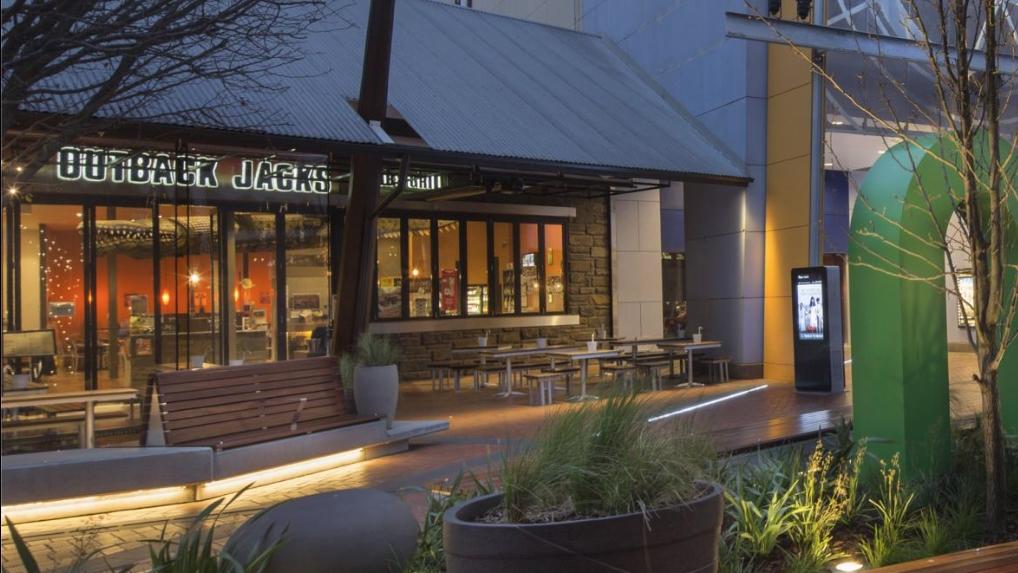
Outback Jacks tried to reinvent steakhouse dining with open kitchens, display fridges and its crocodile mascot, but Victoria’s franchises didn’t last.
In the aftermath of Lone Star Steakhouse’s collapse, several of its stores were purchased and relaunched by Outback Jacks Bar & Grill.
Outback Jacks aimed to be the ultimate Australian-themed, destination-style casual dining experience, steak on display, wine cellars, open kitchens, and a playful crocodile mascot named Jack the Croc.
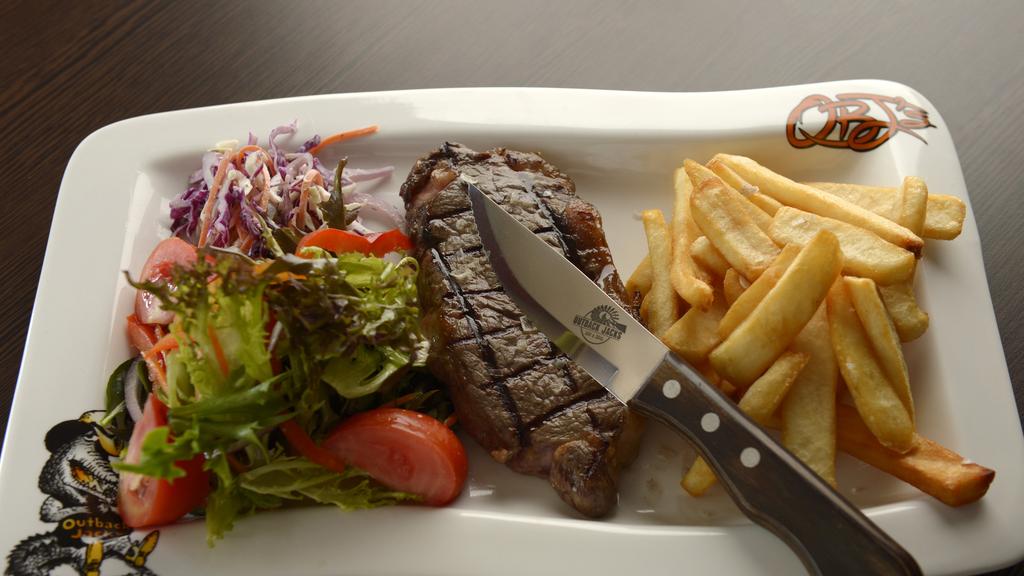
Steak was the star at Outback Jacks, which promised a uniquely Australian dining experience complete with Jack the Croc.
Today, Outback Jacks has no operating sites in Victoria.
The specific Victorian franchise company Outback Jacks Victoria Pty. Ltd according to ABN records was deregistered in July 2024.
Pizza Hut

The former Pizza Hut in Ferntree Gully, once a birthday-party hotspot, now trades as a pool shop.
Before delivery ruled, Pizza Hut dine-ins were where birthdays happened.
The red-barn roofs, checkerboard floors and endless dessert bars became symbols of childhood.
Many of the sites linger on as other restaurants, but the format is long gone.
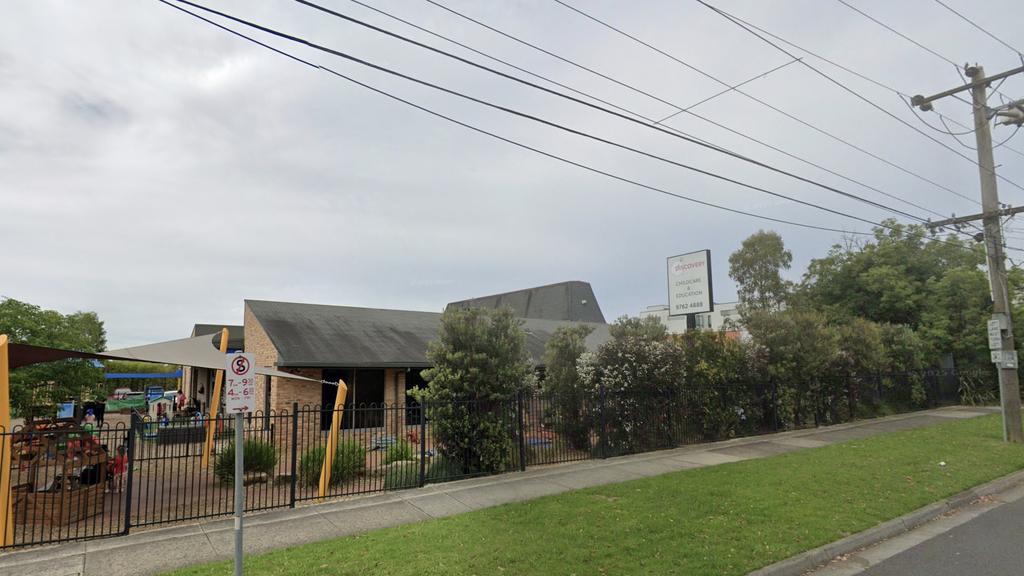
Boronia’s Pizza Hut roof lives on as a childcare centre, showing the adaptability of prime suburban sites.
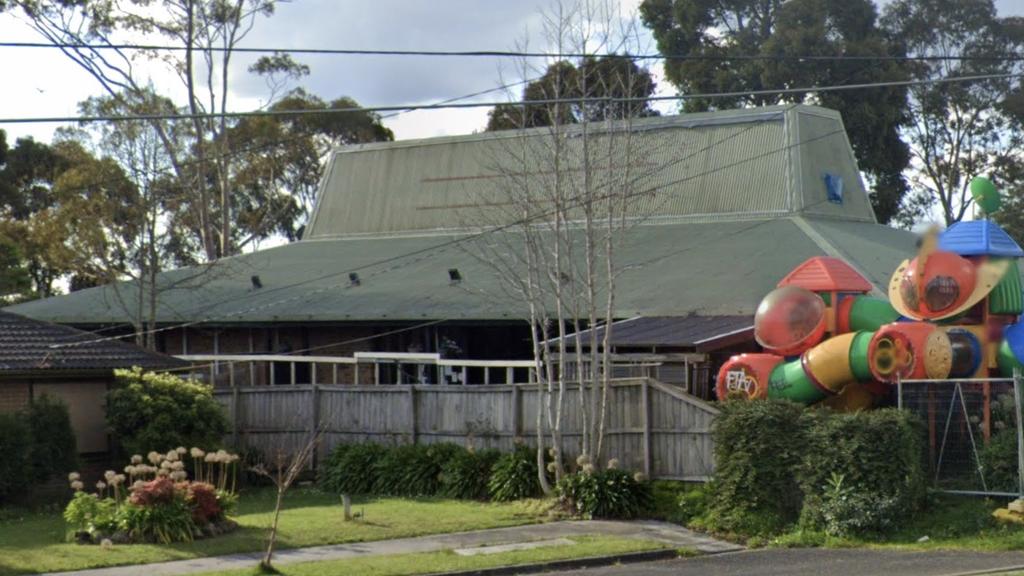
Pizza Hut Croydon has been reborn as a Grill’d burger restaurant, but locals still remember its dessert bar.
Savills Melbourne retail director Rick Silberman said Pizza Hut’s choice of the locations made them highly sought after assets.
“A lot of those Pizza Hut sites were in prime locations: big parcels of land, high-traffic arterial roads, corner exposure,” Mr Silberman said.
“From a real estate perspective, those fundamentals never go out of fashion.”
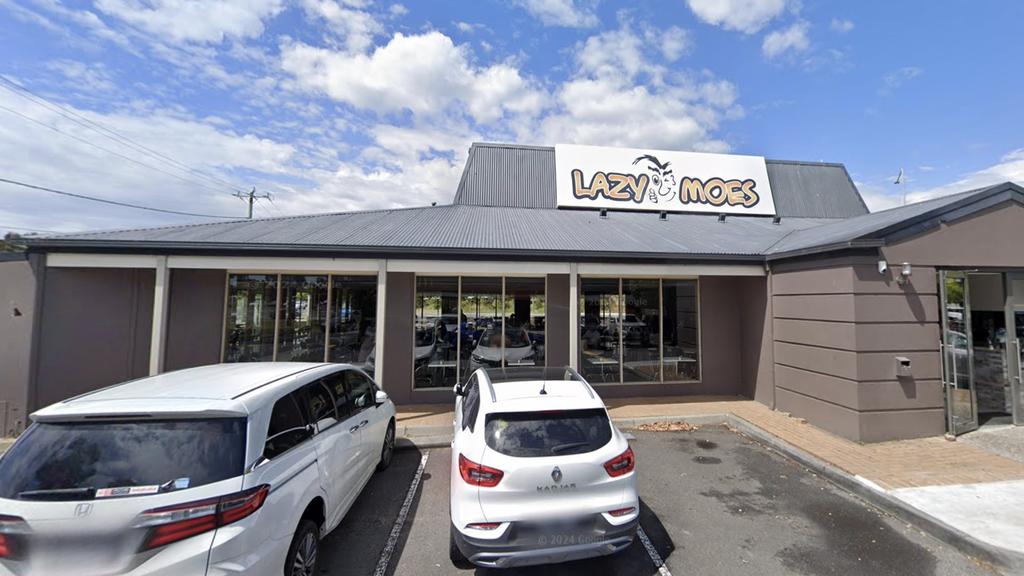
Pizza Hut Tullamarine’s distinctive roof now houses a Lazy Moe’s, continuing its family dining tradition.
But Mr Silberman said the quirky rooflines were harder to adapt.
“The building itself, iconic, yes, but not always workable,” he said.
“Often it was easier to demolish.
But the land and location? That’s gold.”
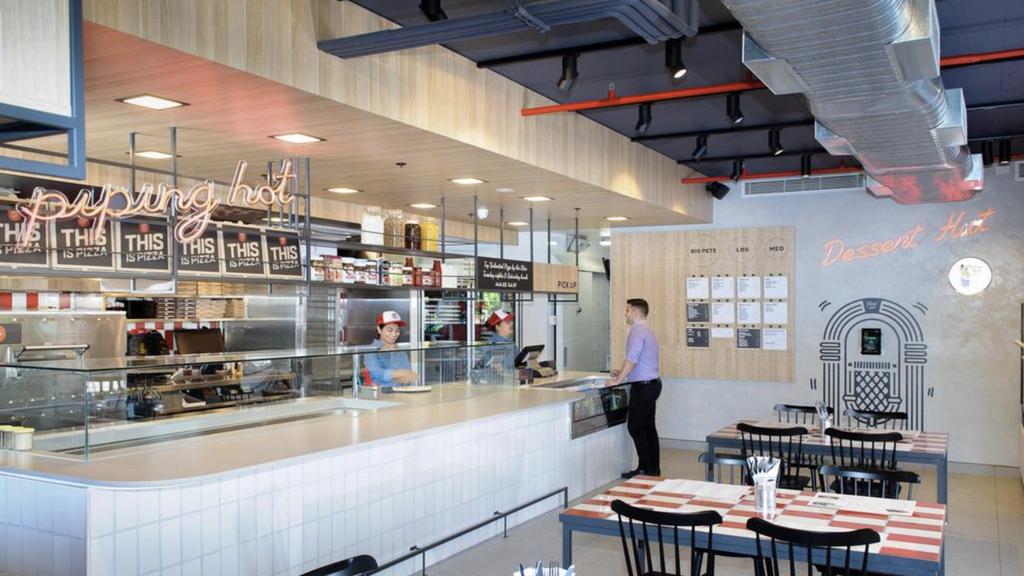
Pizza Hut’s “The Works” all-you-can-eat format at Waterloo is a modern take for endless pizza, pasta and dessert buffets. There are currently no plans to bring it to Melbourne.
Pizza Hut has revived “The Works” all‑you‑can‑eat pizza, pasta and dessert buffet in slick modern dine‑in concept stores like Waterloo and Marsden Park in Sydney.
With features like unlimited pizza by the slice, free‑flowing dessert bars, express lunches and a bar‑area twist, the chain is testing a nostalgic comeback.
But for now, Victorian diners remain on the sideline, no such feast is being rolled out in our state.
Souvlaki Hut
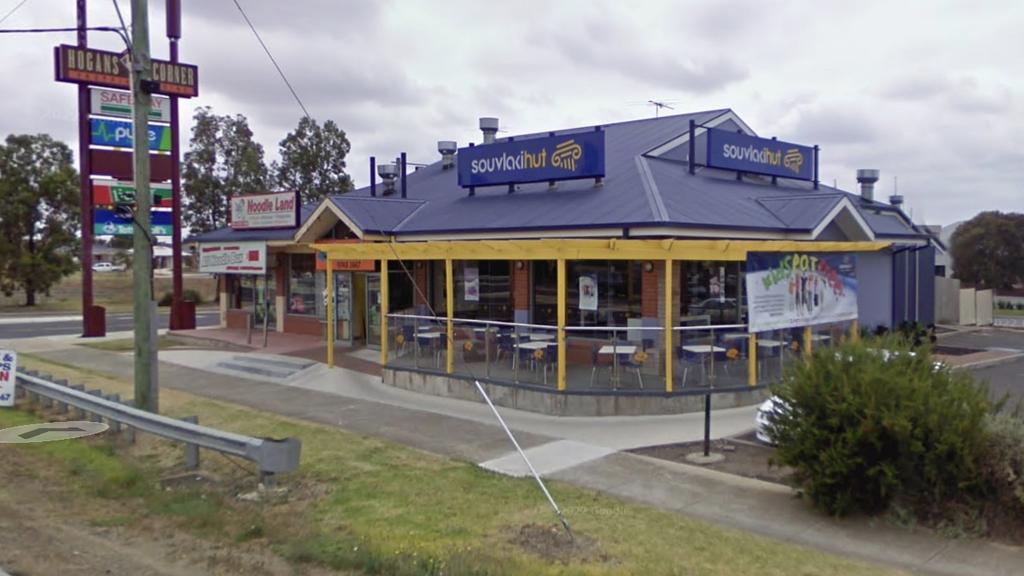
Brightly branded Souvlaki Hut stores popped up across Melbourne, but Hoppers Crossing was among the many that vanished after the franchise collapsed.
When Carlton legend Anthony “Kouta” Koutoufides lent his name to Souvlaki Hut in the mid-2000s, expectations were huge.
Bright green and purple branding plastered across suburban strips promised Greek wraps, chips and souvlakis with a modern twist.
But within just a few years, franchisees were in revolt.
In 2010, the company collapsed into liquidation after operators alleged they had been misled.
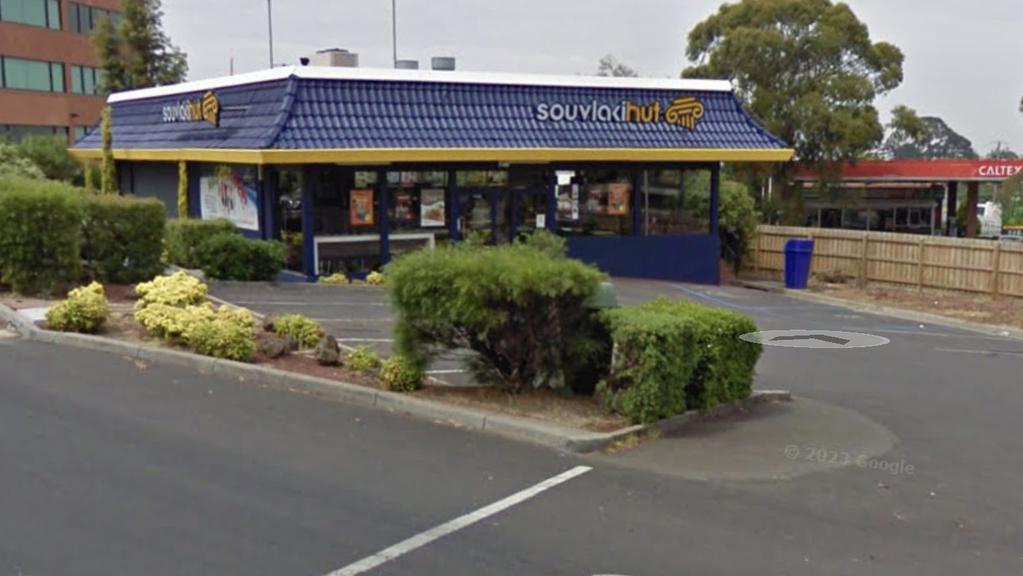
Wheelers Hill’s Souvlaki Hut reflected the chain’s bold push into suburban strips, before liquidation ended its run.
Its infamous “gorilla ad” — featuring a man in a furry suit extolling the virtues of souvlaki — became a cult cringe classic online.
Kouta later said he was “gutted” by the collapse, but the brand never returned.
Colliers retail leasing expert Nathan Brown said in order to be successful in Victoria operators need to tick 90 per cent of the boxes, demographics, traffic data, projected salesbefore committing to a site.
“Some of the ones that failed just didn’t approach it properly,” Mr Brown said.
“You’ve got to be competitive with Macca’s, Hungry Jack’s, and KFC.
“Every major quick service restaurant now has a value offering. If you’re not hitting that, you’re in trouble.”
Denny’s and The Keg
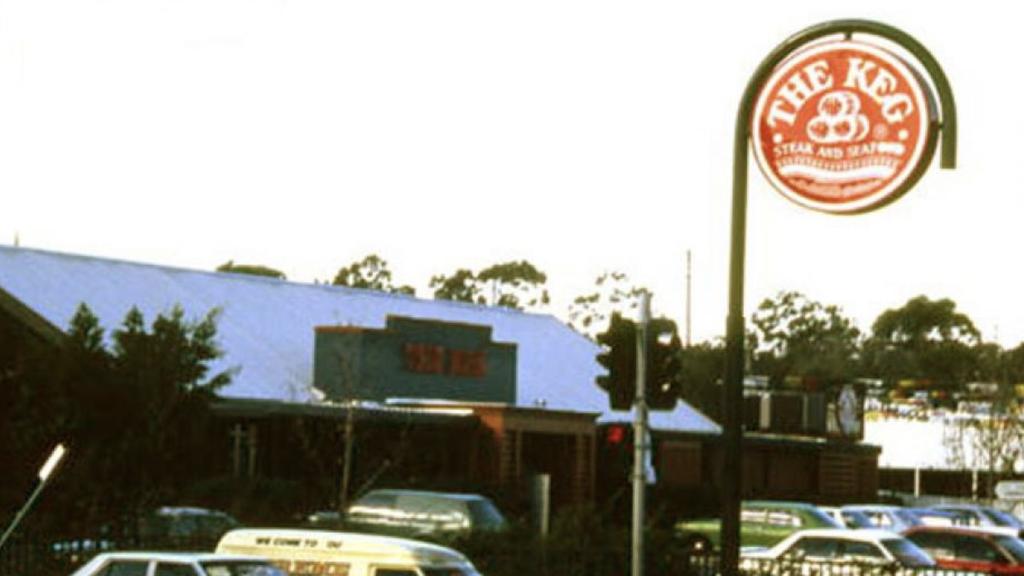
The Keg took over former Denny’s sites in the 1990s, serving steaks and ribs before disappearing by decade’s end.
Ansett Airlines launched Denny’s in 1982, promising all-day American dining.
The Nunawading restaurant alone served 10,000 meals a week.
But by 1989 the chain was sold off.
In 1990, Canadian steakhouse The Keg refitted those sites, targeting mid-market family diners.
By the late 90s, it too was gone.
The lesson? Victoria didn’t need an American family diner when pubs and bistros already offered hearty meals, beer and a local atmosphere.
Lone Star
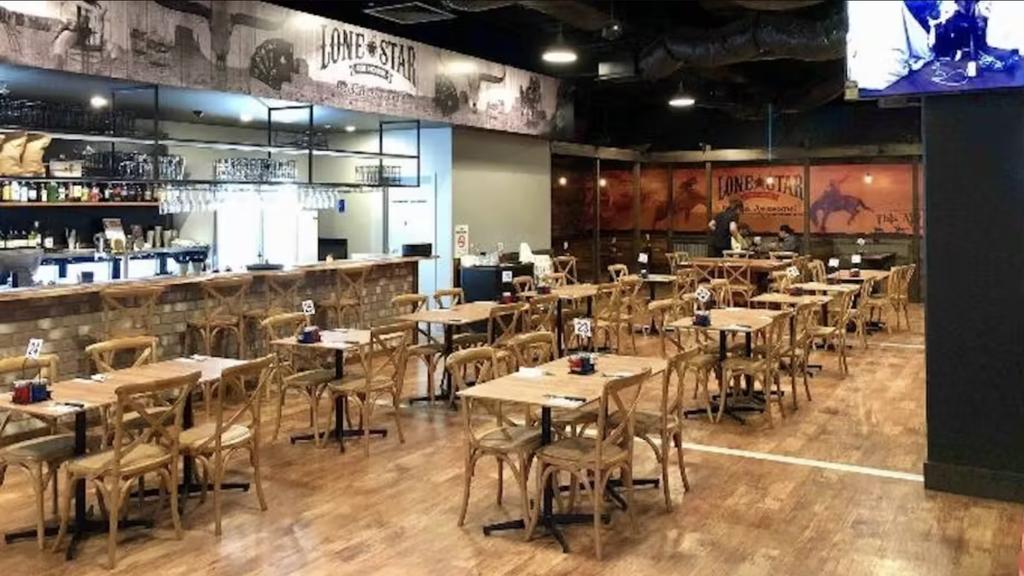
Craigieburn’s Lone Star Steakhouse briefly returned the chain to Melbourne though the Texan saloon vibe was short-lived due to the pandemic.
Lone Star Steakhouse & Saloon exploded across the suburbs in the 90s, with its Texan decor and the gimmick of throwing peanut shells on the floor.
But gimmicks couldn’t hold off reality: by the early 2000s, most were shuttered across Melbourne and Geelong.
Colliers retail leasing expert Nathan Brown said it was a classic mistake.

The Malvern East Lone Star closed in the 2000s and was replaced by Grill’d, one of many Tex-Mex casualties in Melbourne.
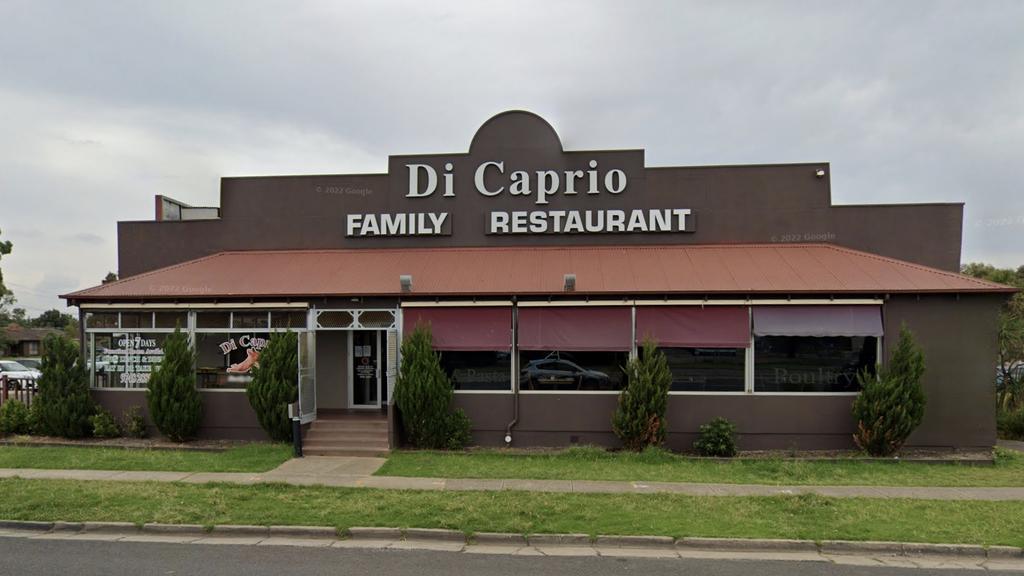
Hoppers Crossing’s Di Caprio restaurant rose from the ashes of a Lone Star site in the early 2000s, before itself being demolished.
“Some brands rushed to open 100 stores quickly, and that’s where things go wrong” Mr Brown said.
“It’s better to open five killer locations than 25 in the wrong ones.”
Lone Star returned to the Melbourne market with a new restaurant in Craigieburn but closed in 2020 due to the Covid pandemic.
No new restaurants have opened since.
Ollie’s Trolleys

Before KFC dominated, Ollie’s Trolleys was Melbourne’s fried chicken king, with more than 30 outlets across Victoria.
In the 70s and 80s, Ollie’s Trolleys was Victoria’s fried chicken king.
With more than 30 outlets across the state including Melbourne and Geelong, it was a household name.
But in 1990, KFC purchased and absorbed Ollie’s, eliminating its biggest competitor overnight.
Pizza Haven, Eagle Boys and the consolidation wars
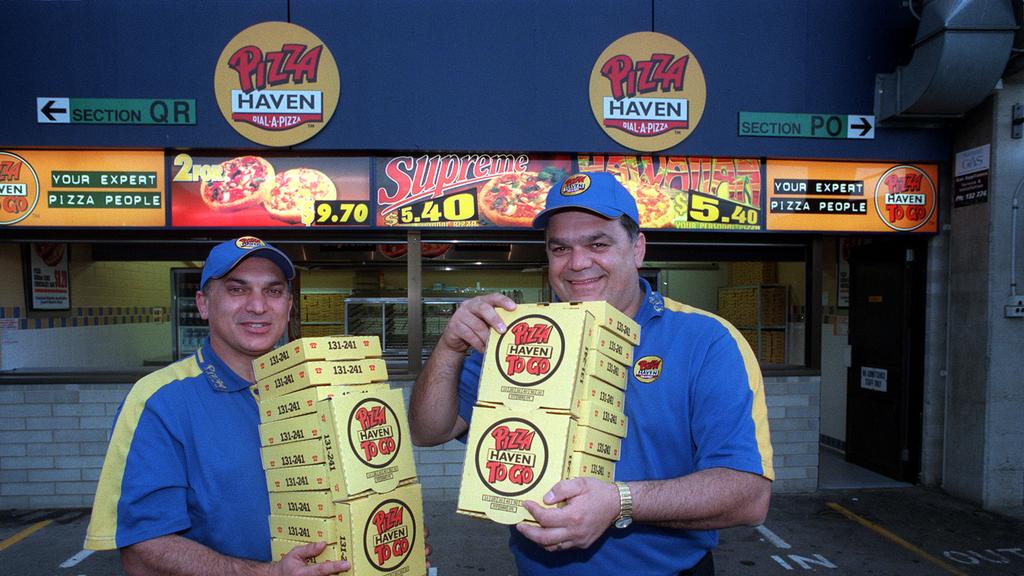
Pizza Haven expanded into Victoria as Pizza Hut’s biggest rival before being swallowed up by Eagle Boys in 2008.
Long before apps and 30-minute delivery guarantees, Pizza Haven was the local hero of Victoria’s takeaway wars.
Launched in Adelaide in 1984 by the Christou brothers, it grew into a national chain and became the scrappy rival to Pizza Hut.
In suburbs across Melbourne, those red-and-white Pizza Haven signs lit up the weekend.

Bendigo was one of Pizza Haven’s few strongholds in Victoria, before the chain disappeared into fast-food history.
Friday night ritual of large pizzas, garlic bread and cans of Coke that screamed Aussie family dinner.
By the mid-2000s, though, the chain was feeling the heat. Rising competition from Domino’s and Pizza Hut, plus the relentless economics of the delivery game, saw Pizza Haven sold to Eagle Boys in 2008 which wasn’t a dominate player in Melbourne.
Bendigo was one of the sole Victorian locations.
Across the country most Eagle Boys store were itself were absorbed by Pizza Hut in 2016.
Barnacle Bill’s

Barnacle Bill’s seafood chain struggled in Victoria, where independent fish-and-chip shops dominated the market. Picture: Facebook
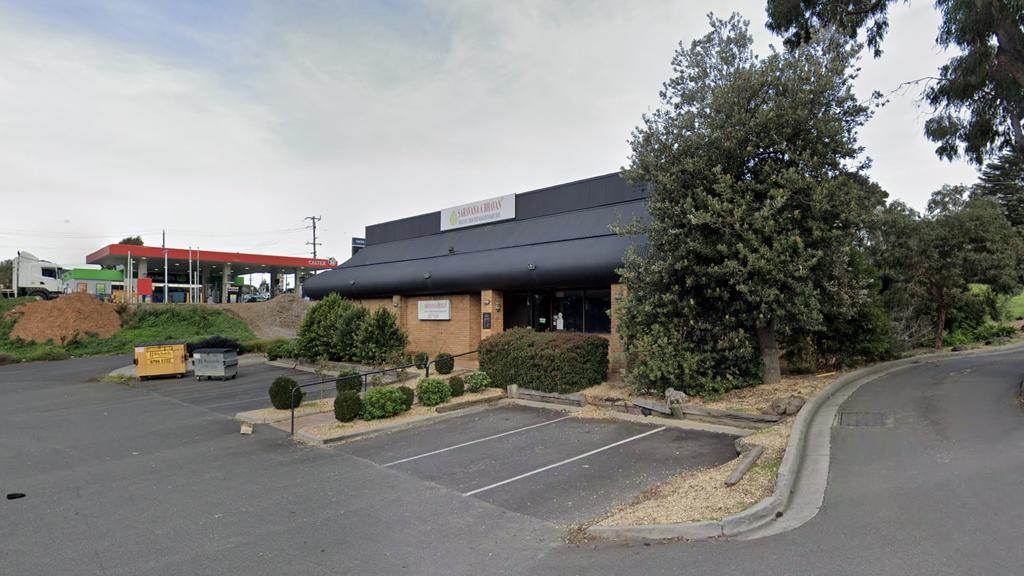
A handful of Barnacle Bill’s trial sites in Melbourne closed within years, unable to match locals’ seafood expectations, the Boronia site today.
If you grew up in Adelaide, Barnacle Bill’s was as iconic as KFC, a family seafood chain famous for its crumbed fish, scallops and chip packs.
In the 1980s and ’90s, the brand tried its luck across state lines, popping up in Victorian suburbs like Dandenong.
For a while it looked promising, Victorians embraced the novelty of a franchised fish ’n’ chip shop, a shinier alternative to the local corner takeaway.

South Australia kept Barnacle Bill’s alive, but Victorian attempts failed to hook diners.
But in a state like Victoria where every suburb already had a fiercely loved independent fish shop, Barnacle Bill’s struggled to stand out.
By the late 1990s, the chain had quietly packed up and retreated back home to South Australia, where it still operates more than a dozen stores today.
Its brief Victorian foray is remembered mostly as proof that while pizza and burgers could be franchised, fish and chips in Melbourne was always going to be ruled by the local family shop.
Holly’s Café and Coles Cafeteria

Coles Cafeteria in Bourke Street once seated 1,000 people, serving bain-marie meals and colourful jellies to city shoppers.
Inside Kmart, Holly’s Café was a rite of passage: chips with gravy, fish’n’chips, burgers with toothpick flags and kids’ meal boxes shaped like boats or fire trucks.
The last outlet, in Horsham, closed in 2010.
At Coles on Bourke St, the Coles Cafeteria seated 1,000 people, serving bain-marie comfort food and jewel-bright jellies from 1930 onward.
By the 1980s it too is a distant memory.
Billabong Bistro
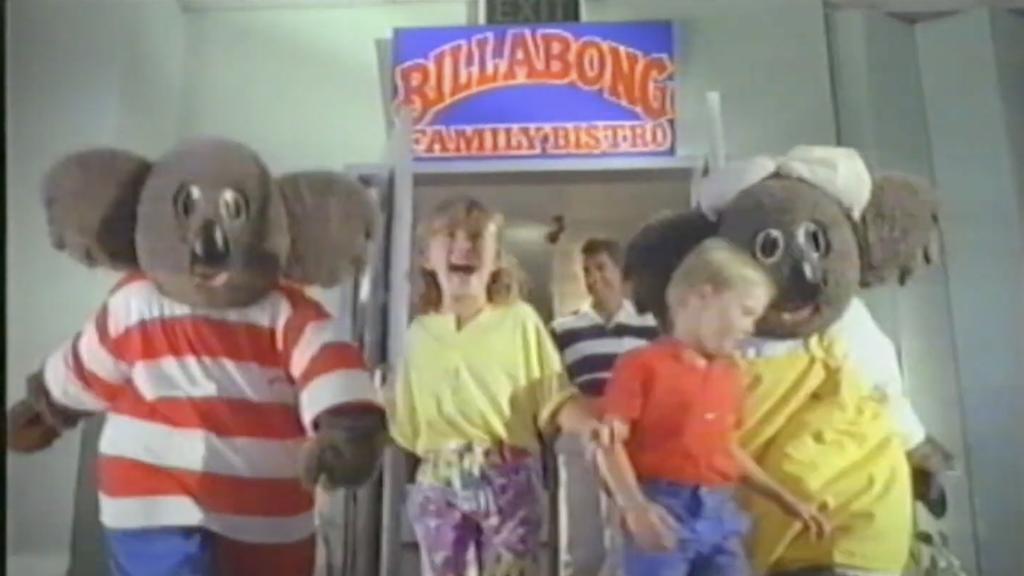
Billabong Bistros, complete with mascots Ben and Bindi the koalas, were 90s birthday-party staples in suburban pubs before pokies took over.
In the 1980s, suburban Melbourne pubs were transformed by the arrival of the Billabong Family Bistro, a chain-within-a-chain that turned hotel dining rooms into kid-friendly experiences.
The stars were Ben and Bindi, two giant koala mascots who would bound out with birthday cakes, making the bistro the go-to spot for children’s parties across the east. A
ds on TV in 1989 proudly spruiked seven locations, from Ringwood to Doncaster’s Shoppingtown Hotel to Glen Waverley’s Mountain View.
The formula was simple: affordable schnitzels, parmas and kids’ meal that made the night feel like an event.
But by the 1990s the bistros had vanished, swept away by the pokies boom that transformed the business model of suburban pubs.
Today, older Melburnians remember the Billabong as a uniquely Aussie mix of pub culture and family fun, a time when koalas carried the cake and a parma was still a novelty.
Paesano

Paesano’s sprawling Italian buffet at Wheelers Hill and Springvale became a suburban favourite for pizza, pasta, ribs and desserts.
Paesano began as an ambitious Italian buffet at Wheelers Hill in the late 90s, before shifting to Springvale with a sprawling all-you-can-eat format: pizza, pasta, ribs, salads and desserts for one set price.
At Knox Ozone, a sit-down Italian restaurant by the same group became popular for hearty meals, birthdays and family nights.
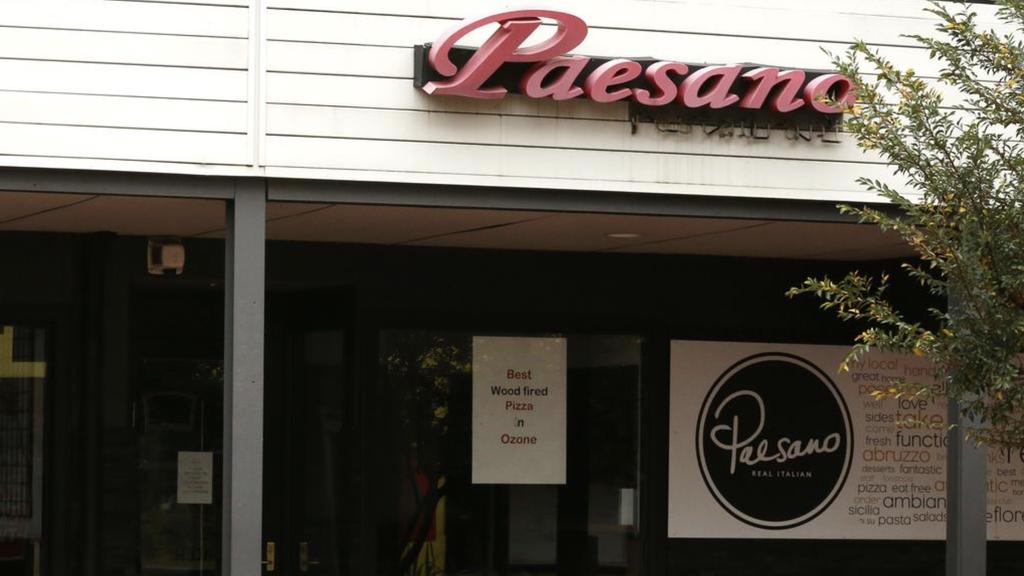
Paesano Knox shut down after liquidation in 2019, with the site now home to Betty’s Burgers and MANIAX axe throwing.
But trouble hit in 2019, when the business was prosecuted for food safety breaches.
Soon after, the group was placed into liquidation.
The Knox site was re-let and is currently home to Bettys Burgers and the Springvale buffet disappeared during the pandemic.
The Swagman
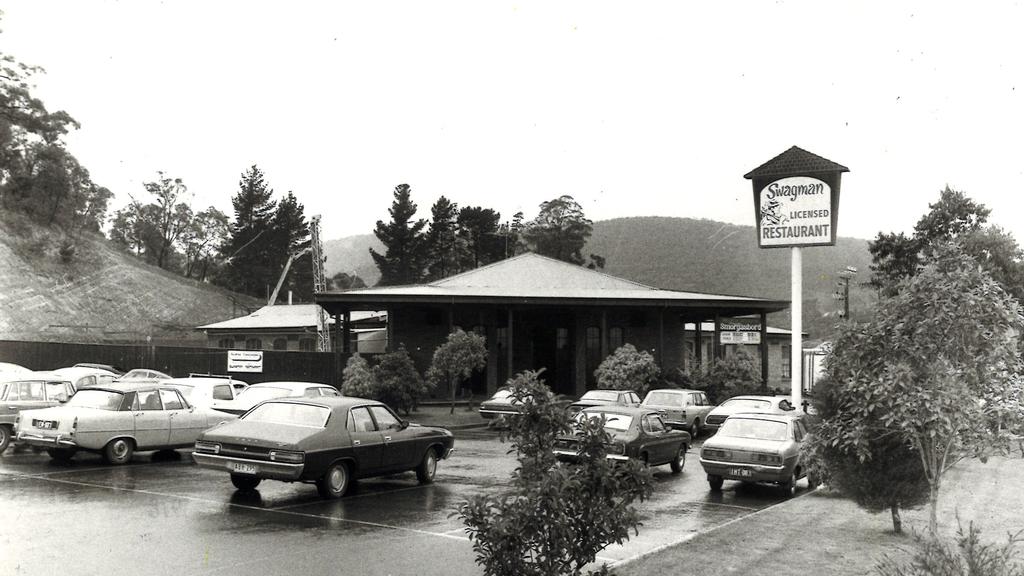
The Swagman in Ferntree Gully was Melbourne’s cabaret palace, combining buffet dining with Vegas-style shows until a devastating 1991 fire destroyed it.
At its peak, The Swagman was Melbourne’s cabaret palace.
Thousands packed in nightly for buffet meals and Vegas-style shows.
A devastating fire in 1991 destroyed the complex overnight.
Sign up to the Herald Sun Weekly Real Estate Update. Click here to get the latest Victorian property market news delivered direct to your inbox.
MORE: Rotting relic: $1.6m Melb wreck
Ch9 blow: Portelli gives away all Block homes
New $60m Melb shopping centre unveiled
david.bonaddio@news.com.au

